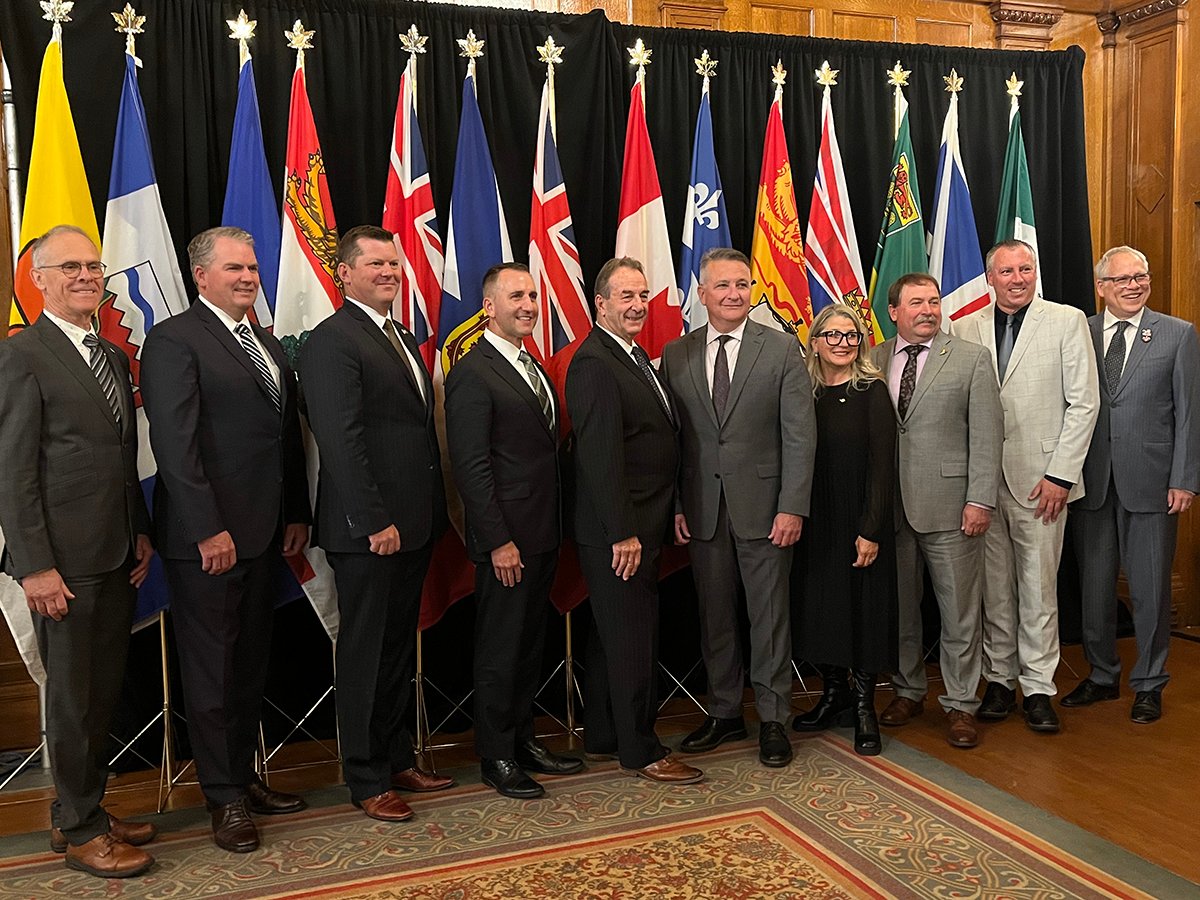GRAYSVILLE, Man. – Pat Owen didn’t have to search long to find a word to describe this year’s seeding season in his part of Manitoba’s Red River Valley.
“Good about sums it up,” said Owen, as his tractor’s engine idled for a few minutes before having to drag heavy farm equipment along the dry-but-not-too-dry soil.
Any problems getting the crop in?
“None so far,” said Owen, as he got ready to apply Treflan to an edible bean crop. A couple of kilometres away his brother was seeding potato fields.
Read Also

Ag ministers hear request for regulatory change, more infrastructure development
Canada’s agriculture ministers met today in Winnipeg after postponing their usual July in-person meeting due to wildfires.
The Red River Valley can be a seeding nightmare.
Years of wet weather early in this decade often meant farmers couldn’t put crops in until late or not at all, and crops seeded into the saturated soils were often prey to fusarium head blight because of the high humidity that followed.
That’s less of a problem here, where the soils are more grey than black and water can soak through quickly. It’s a loose soil that trickles easily through the fingers. That’s why it’s a popular area for growing potatoes and other crops that need a loose bed.
Closer to the river the soil is heavy and black, and waterlogging is a constant worry. This year farmers near the river haven’t had too many flooding problems, even though water levels rose high in the spring thaw.
Fortunately for farmers, the water cleared quickly and few problems are reported along the rivers and streams that proliferate this low lying land.
It was a different story last year, when water flowed over the Red’s banks, and towns like Morris were at risk of flooding.
Only 10 years ago, in “the flood of the century,” many farms, towns and hundreds of thousands of acres of farmland were inundated by water.
This year seeding is mostly completed along the valley. Many farmers were tying up the odd bits of their land.
That’s what Maurice Muller was doing on this bright May morning near his hometown of Notre Dame de Lourdes. He got on the tractor at 6:30 a.m. and started rolling, preparing the final 200 acres of his sons’ land for wheat.
“I’m just helping the boys,” said Muller, a cheery 81 who seems much younger than his years.
“I come out early in the morning and late at night. In the day I stay home and watch the ball game on the TV.”
The Muller land lies on the slopes that divide the wide flats of the Red River Valley from the higher and colder land that stretches from here to the Rockies. Below this point, past the lines of trees and coulees and gravelly hillocks, many untypical prairie crops are grown such as soybeans, corn and sunflowers. The Mullers’ crops are more like those of the farmers to the west of them: wheat, flax, oats and canola.
Along the valley the mood is happy, not only because most crops were seeded quickly, but also because a recent 25 millimetre rain came right after most farmers had finished.
“We had a good rain so everything is going to start right,” said Muller, before climbing back into the tractor to continue his pre-game workout.















